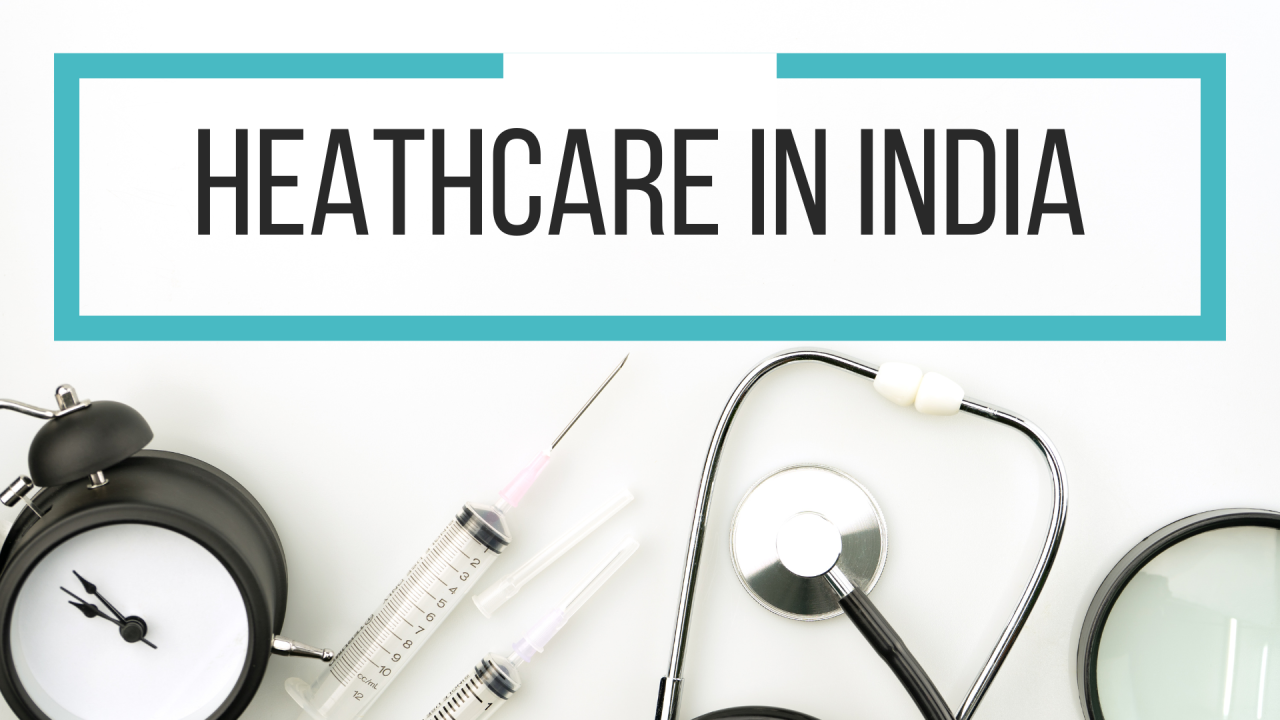
Revamping Healthcare: Bridging the Gap Between India and the US
Healthcare systems worldwide vary significantly in their structure, accessibility, and effectiveness. One notable comparison is between India and the United States, two countries with vastly different approaches to healthcare provision. While the US boasts a primarily insured population through comprehensive coverage schemes, India grapples with many challenges, from accessibility to affordability. In this article, we delve into the complexities of healthcare in both nations, highlighting the hurdles faced by India and proposing innovative improvement solutions.
Challenges in the Indian Healthcare System:
1. Accessibility: Accessibility remains a primary concern in India, particularly in rural areas lacking healthcare infrastructure. The limited availability of healthcare facilities and professionals exacerbates the problem, leaving millions underserved.
2. Affordability: Despite government initiatives such as Ayushman Bharat, out-of-pocket expenditure on healthcare remains high for many Indians. The cost of medical treatment, coupled with inadequate insurance coverage, pushes countless families into financial distress.
3. Infrastructure: India's healthcare infrastructure struggles need help keeping pace with the burgeoning population. Overburdened hospitals, insufficient medical equipment, and inadequate sanitation facilities hinder the delivery of quality healthcare services.
4. Healthcare Disparities: Disparities in healthcare access and outcomes persist across socio-economic and regional lines. Marginalized communities, including tribal populations and lower-income groups, bear the brunt of inadequate healthcare provision.
5. Shortage of Skilled Professionals: India needs more trained healthcare professionals, including doctors, nurses, and paramedical staff. This shortage is particularly acute in rural areas, with sparse healthcare facilities.
Innovative Solutions for Improvement:
1. Telemedicine and Technology: Leveraging telemedicine and digital healthcare solutions can bridge the gap between urban and rural areas. Teleconsultations, remote monitoring, and health information systems enhance accessibility and reduce the burden on physical infrastructure.
2. Public-Private Partnerships (PPPs): Government and private sector collaboration can optimize resource allocation and improve healthcare delivery. PPP models for hospital management, diagnostics, and primary care services have shown promise in addressing infrastructure constraints.
3. Community Health Workers: Empowering community health workers with training and resources can extend healthcare services to remote areas. These frontline workers play a crucial role in preventive care, health education, and early detection of diseases.
4. Health Insurance Reforms: Strengthening health insurance schemes and expanding coverage to vulnerable populations is imperative. Innovative models such as micro-insurance and community-based insurance programs can enhance financial protection and reduce out-of-pocket expenses.
5. Investment in Education and Training: Addressing the shortage of healthcare professionals requires long-term investment in medical education and training. Initiatives to incentivize rural postings, subsidize education for aspiring healthcare workers, and enhance skill development can bolster the healthcare workforce.
Harnessing the Economic Potential:
Despite the formidable challenges, India's healthcare sector holds immense potential for growth and development. A robust healthcare system improves health outcomes and stimulates economic growth. By investing in healthcare infrastructure, India can create employment opportunities, drive innovation, and attract investments in research and development.
Moreover, a healthy population contributes to a productive workforce and reduces the burden of disease-related expenditures. Increased access to healthcare services translates into higher productivity, lower absenteeism, and greater overall well-being. Furthermore, a thriving healthcare sector fosters a culture of innovation and entrepreneurship, nurturing a conducive environment for healthcare startups and medical research institutions.
Conclusion:
Improving healthcare for all is a multifaceted endeavour that demands collective action and innovative solutions. By addressing the challenges plaguing India's healthcare system and leveraging its economic potential, we can pave the way for a healthier, more prosperous future. Through targeted interventions, investments in infrastructure, and inclusive policies, India can fulfil its vision of universal healthcare coverage and ensure the well-being of its citizens for generations to come.